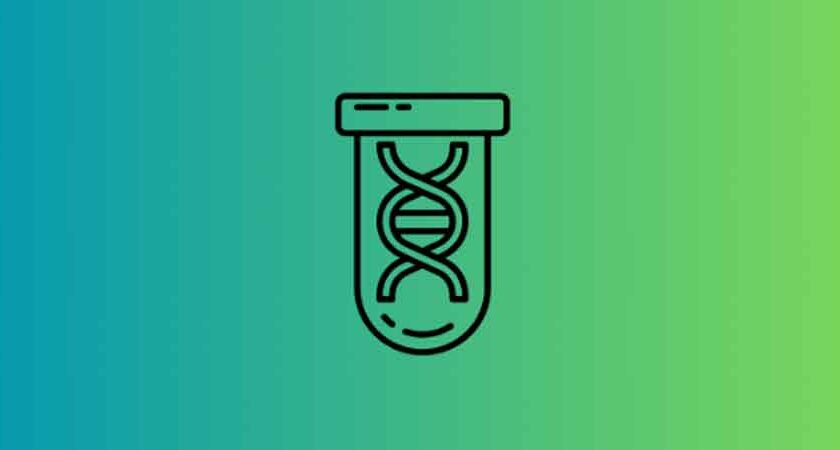In the world of modern medicine, revolutionary advancements are constantly being made to improve patient outcomes and tackle some of the most significant medical challenges. One such groundbreaking innovation that has the potential to transform healthcare as we know it is nanotechnology.
Nanotechnology involves the manipulation of matter at the nanoscale, where materials are measured in billionths of a meter. This fascinating field offers a multitude of applications in medicine, from targeted drug delivery and early disease detection to regenerative medicine and diagnostic imaging.
In this blog, we will explore the role of nanotechnology in healthcare and how these tiny solutions are poised to revolutionize medical treatments and diagnostics.
Understanding Nanotechnology
Before diving into its applications in healthcare, it is crucial to understand the essence of nanotechnology. At the nanoscale, materials exhibit unique properties and behaviors, different from those at larger scales.
Scientists can engineer nanoparticles, which are particles ranging from 1 to 100 nanometers in size, to achieve specific functions and characteristics. Nanoparticles can be made from various materials, such as metals, polymers, and lipids, each with their own distinct properties.
Targeted Drug Delivery
Conventional drug delivery methods often lack specificity, leading to systemic side effects and reduced efficacy. Nanotechnology offers a promising solution through targeted drug delivery systems.
Nanoparticles can be engineered to carry therapeutic agents, such as drugs or gene therapies, directly to the site of action. By functionalizing nanoparticles with targeting ligands, they can selectively bind to specific cells or tissues, enabling precise drug delivery.
For instance, in cancer treatment, nanotechnology-based drug delivery allows for the targeted delivery of chemotherapy drugs to tumor cells while sparing healthy surrounding tissues. This approach enhances the drug’s efficacy, minimizes adverse effects, and improves the patient’s overall quality of life during treatment.
Diagnostic Imaging
Early and accurate diagnosis is crucial for successful disease management. Nanotechnology has revolutionized diagnostic imaging by enabling the development of contrast agents with superior properties. These nanoparticles can be designed to enhance the visibility of specific tissues or structures during imaging procedures like magnetic resonance imaging (MRI), computed tomography (CT), and ultrasound.
Nanoparticle-based contrast agents can provide real-time and high-resolution imaging of tissues and organs, enabling healthcare professionals to detect diseases at their earliest stages. Additionally, these contrast agents can improve the accuracy of image-guided surgeries and interventions, reducing potential risks and complications.
Regenerative Medicine
Regenerative medicine aims to replace or regenerate damaged tissues and organs, and nanotechnology plays a pivotal role in this field. Nanomaterials, such as nanofibers and nanoparticles, can mimic the extracellular matrix and create scaffolds that support tissue growth and repair.
By using nanotechnology, scientists have made significant strides in tissue engineering. For instance, nanofiber-based scaffolds have been used to regenerate damaged cartilage in joints, restore damaged heart tissues after heart attacks, and promote nerve regeneration in spinal cord injuries. These applications show great promise in addressing organ shortages and enhancing the body’s natural healing processes.
Point-of-Care Diagnostics
In many parts of the world, access to advanced medical facilities and diagnostic tools is limited. Nanotechnology has the potential to revolutionize point-of-care diagnostics by providing portable and rapid testing platforms. Nanoparticles can be used to develop sensitive and specific biosensors that can detect disease markers in blood, urine, or saliva samples.
These portable diagnostic devices can empower healthcare providers to quickly diagnose diseases like infectious illnesses, cardiovascular conditions, and certain cancers, even in remote or resource-limited settings. Early diagnosis through nanotechnology-enabled point-of-care diagnostics can significantly improve patient outcomes and reduce the burden on healthcare systems.
Nanomedicine Safety and Challenges
While nanotechnology offers immense promise in healthcare, it also raises concerns about safety and potential adverse effects. Due to their small size, nanoparticles can interact with biological systems in unique ways that are not yet fully understood. Scientists and regulatory agencies must rigorously assess the toxicity and biocompatibility of nanomaterials to ensure their safe use in medical applications.
Moreover, the high cost of research and development associated with nanomedicine poses another challenge. Integrating nanotechnology into clinical practice may require significant investments, making it essential to strike a balance between innovation and affordability.
Conclusion
Nanotechnology represents a groundbreaking frontier in healthcare, offering a plethora of applications that have the potential to transform the medical landscape. From targeted drug delivery and diagnostic imaging to regenerative medicine and point-of-care diagnostics, nanotechnology’s impact is far-reaching.
As research in this field continues to progress, we can expect to witness even more innovative and life-changing applications that will undoubtedly lead to improved patient care and better outcomes for countless individuals worldwide. Embracing these tiny solutions for big medical challenges, the future of healthcare looks promising and bright.
